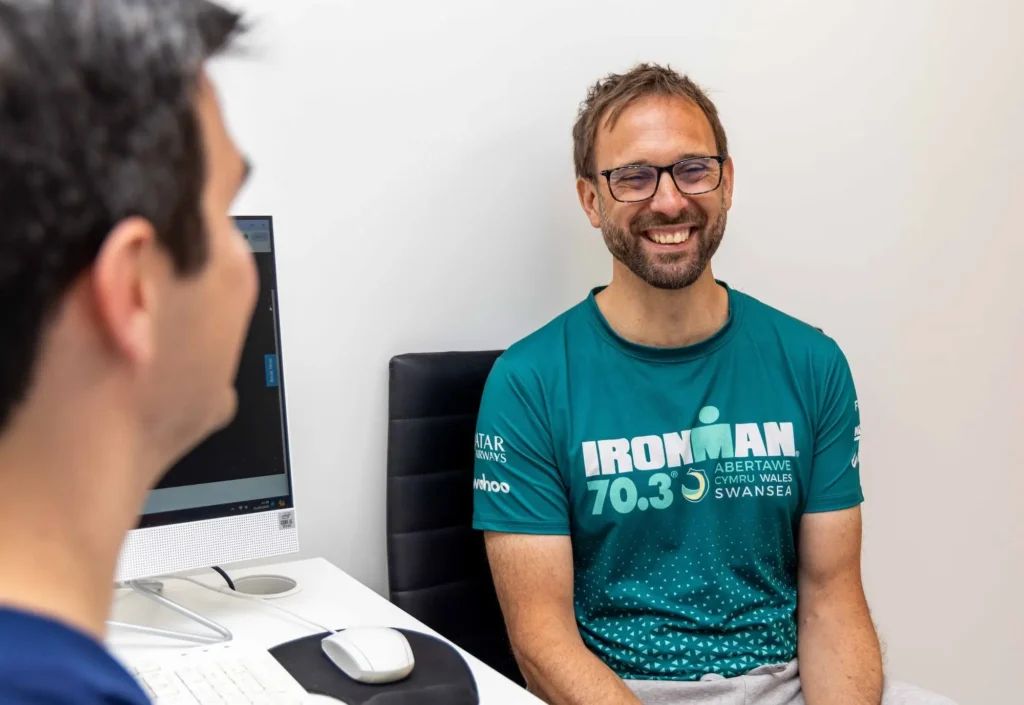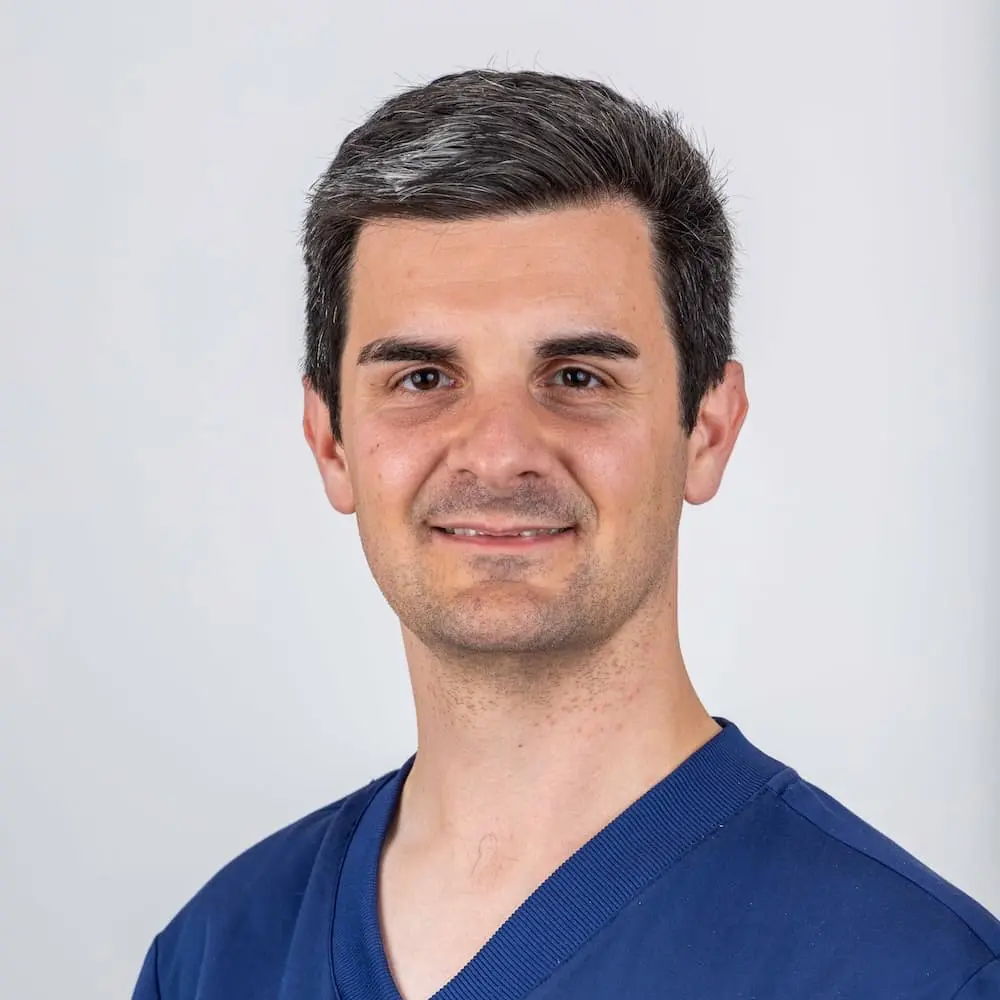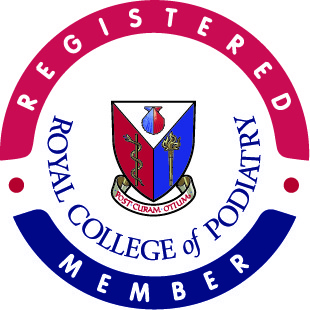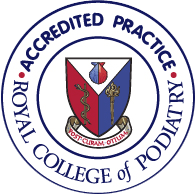Local Anaesthesia
Discover relief with our advanced local anaesthesia techniques for a comfortable treatment experience.

Services
What is Local Anaesthesia?
Local anaesthesia is a technique used to numb a specific part of the body, preventing the patient from feeling pain during medical procedures. This is achieved by temporarily blocking the sensation of pain in the nerves of the targeted area while the patient remains conscious. The local anaesthetic (the numbing medication) is administered by small injections.
At My Foot Medic, local anaesthesia is extensively utilised to ensure patient comfort during a variety of procedures. Podiatrists may utilise different types of local anaesthetics depending on the specific procedure, the patient’s medical history, and any potential allergies.
WHAT IS LOCAL ANAESTHETIC USED FOR?
Local anaesthesia in podiatry is utilised to address a range of conditions and facilitate various procedures that would otherwise cause pain. Here’s an overview of what local anaesthetics can effectively treat in the context of podiatric care:
Pain Management:
Local anaesthesia is commonly employed in order to treat a range of skin or nail conditions, this allows the treatment aspect of the procedure to be painless.
Minor Surgical Procedures:
Local anaesthesia is essential for performing minor surgical interventions in podiatry, including but not limited to:
• Ingrown toenail treatment
• Nail removal or nail surgery
• Verruca needling or surgery
• Corn treatment or surgery
• Foreign body removal
• Skin surgery
Diagnostic Procedures:
Local anaesthesia may be used as a diagnostic test, to see if numbing a nerve resolves the patients’ symptoms or not in order to narrow down on a diagnosis.
Wound Management:
In cases where wound debridement or other wound care procedures are necessary, local anaesthesia can be applied to minimise pain and discomfort for the patient.
Injection Therapies:
Local anaesthesia is often employed prior to other injections such as steroid injections. The local anaesthetic helps to numb the area before the steroid is administered, alleviating pain during the procedure and achieving prolonged pain relief after the procedure.
Local anaesthesia serves as a versatile tool in podiatric care, enabling podiatrists to address a wide array of foot and ankle conditions while prioritising patient comfort and well-being
HOW WILL LOCAL ANAESTHETIC HELP ME?
Local anaesthesia in podiatry offers numerous advantages for patients undergoing foot and ankle treatments. Here’s a detailed look at how local anaesthetics can benefit individuals seeking podiatric care:
Pain Relief:
Local anaesthesia effectively numbs the targeted area, ensuring that patients experience minimal to no discomfort during their procedures, thereby enhancing their overall treatment experience.
Enhanced Comfort:
By blocking the sensation of pain, local anaesthesia contributes to the overall comfort of patients, allowing them to undergo interventions with reduced anxiety and apprehension.
Facilitation of Procedures:
Local anaesthesia enables podiatrists to perform various treatments and minor surgeries with precision and effectiveness, ensuring optimal outcomes for patients while minimising procedural discomfort.
Improved Patient Experience:
The use of local anaesthesia contributes to a positive patient experience, allowing them to have treatment that they otherwise might not have pursued due to fear of pain or discomfort.
Reduced Recovery Discomfort:
Patients benefit from the use of local anaesthesia as it can lead to reduced post-operative or post-procedural discomfort, enabling a smoother recovery process.
Tailored Pain Management:
Local anaesthesia allows podiatrists to tailor pain management strategies to the specific needs of individual patients, ensuring that their comfort and well-being are prioritised throughout their treatment journey.
HOW DOES LOCAL ANAESTHETIC WORK?
Local anaesthesia is a crucial tool in podiatric practice, allowing for painless procedures and enhancing patient comfort. Understanding how local anaesthetics work can help demystify the process for patients and alleviate any concerns they may have.
Blocking Nerve Signals:
Local anaesthetics work by blocking the transmission of pain signals along nerves. They achieve this by inhibiting the function of sodium channels in the nerve membrane. This prevents the generation and conduction of nerve impulses, effectively numbing the area where the anaesthetic is administered.
Temporary Numbness:
When a local anaesthetic is injected near a nerve, it prevents the nerve from sending pain signals to the brain. This results in temporary numbness in the localised area, allowing podiatrists to perform procedures without causing discomfort to the patient.
LET’S ANSWER YOUR LOCAL ANAESETHETIC QUESTIONS!
No, a local anaesthetic does not put you to sleep. Instead, it temporarily blocks the sensation of pain in a specific area of the body, allowing procedures to be performed without causing discomfort. Unlike general anaesthesia, local anaesthesia does not induce unconsciousness and is commonly used in podiatry for procedures such as ingrown toenail removal and wart treatment.
The duration for local anaesthetics to wear off varies depending on the type of anaesthetic used. Typically, the effects of a local anaesthetic can last for 1-5 hours. However, it’s important to note that individual responses may vary. Your podiatrist will provide specific post-procedure care instructions to manage any residual numbness or discomfort. If you have concerns about the duration of local anaesthetic effects, it’s best to consult with your podiatrist for personalised guidance.
It is generally recommended that patients do not drive themselves home after receiving local anaesthetic. The effects of the anaesthetic can temporarily impair your ability to operate a vehicle safely. It is advisable to arrange for someone to drive you home or to use alternative transportation after the procedure.
Before receiving local anaesthetic for a podiatric procedure, it’s important to avoid the following:
• Keep any medical history or medications a secret. It is important for your safety that your podiatrist is aware about any medications or supplements you are currently taking, as some may interact with the anaesthetic.
• It is important that you do not have any other local anaesthetic injections within 48hours of your appointment with My Foot Medic if you are due to have a local anaesthetic injection with us.
• We recommend that you do not drink alcohol on the day that you are having your local anaesthetic injection.
• We recommend that you do not take recreational drugs.
• Do not drive to your appointment unless you are with a friend/family member who will be driving you home. You should not drive whilst your foot is numb for your safety and for the safety of others.
It’s crucial to follow your podiatrist’s specific pre-anaesthetic instructions to ensure a safe and successful procedure.
After receiving a local anaesthetic for a podiatric procedure, it is important to follow these steps:
• Rest: Allow the affected area to rest and avoid putting weight on it for the specified duration provided by your podiatrist.
• Monitor: Keep an eye on the injection site for any unusual swelling, redness, or signs of infection e.g. red, hot swollen, bad odour.
• Follow Instructions: Adhere to any post-anaesthetic care instructions provided by your podiatrist, including medication usage and wound care.
• Contact Your Podiatrist: If you experience any unusual symptoms please contact your podiatrist immediately.
This information is a general guide, and it’s important to always follow the specific post-anaesthetic instructions provided by your podiatrist for your individual case.
Services
LOCAL ANAESTHETIC IN BEDFORD WITH MY FOOT MEDIC.
By incorporating local anaesthesia into your treatment with us, patients can expect an improved treatment experience characterised by reduced pain and enhanced comfort. This ultimately contributes to a positive appointment experience and reduced anxiety levels.
Contact us today to take the first step towards comfortable and effective podiatry treatment.










